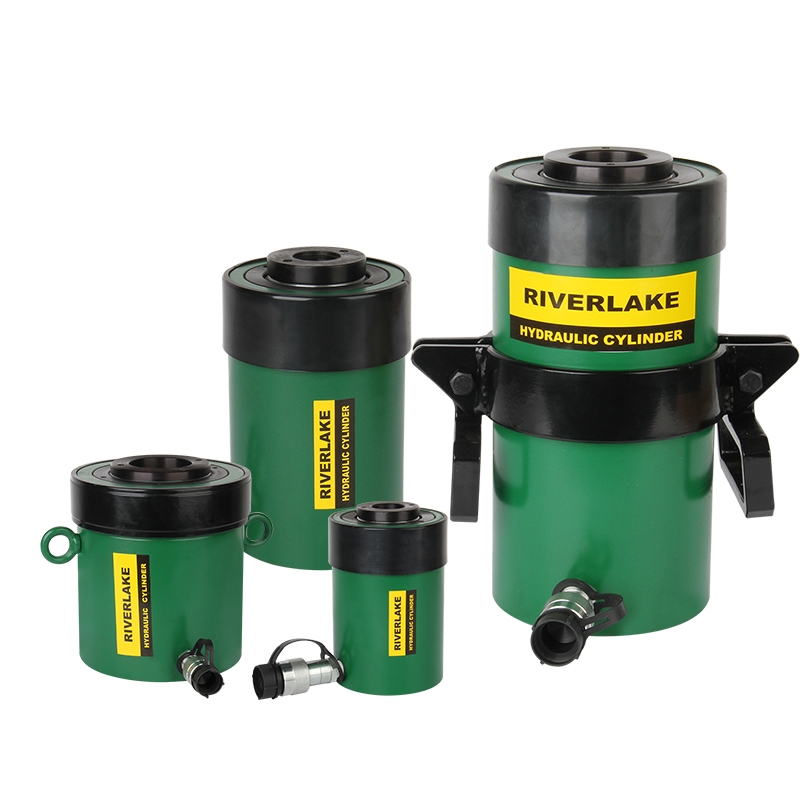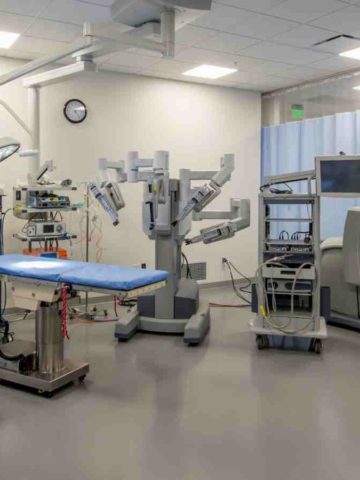Lifting activities are frequently dangerous owing to the presence of massive gear and hefty weights. With lives on the line during such high-risk operations, it is critical that Lifting Supervisors are confident in their ability to lead the lifting plan and that the lifting crew is aware of and comfortable with the actions outlined in the Lifting Plan. When creating a Lifting Plan, there are a few things to keep in mind.
When writing a lifting strategy, there are eight things to keep in mind.
The Lifting Plan is a collection of blueprints that may be used in any crane lifting situation. The lifting plan may be created by anybody with the necessary expertise and experience.

There are 7 points of consideration for the decision-maker as stated below.
Weight of load
Determine the entire weight of the load as one of the first things to accomplish before lifting it. This should be calculated during the early phases of a lift's planning since everything else about the overhead lift must account for the load's weight. The following are some of the things that are impacted:
- Lifting equipment
- Types of lifting slings, rigging gear, and below-the-hook devices, if applicable
- When estimating the overall weight of the load, all lifting equipment employed in the lift must be taken into consideration.
- Hook block ropes
- Lifting beams
- Shackles, hoist rings, and other hardware are among the lifting equipment.
- Sling lifting
The Load's Center of Gravity’s location
The center of gravity (COG) is a theoretical place on an item that manufacturers use for calculations since it is the one point where all of the weight of that thing is concentrated. The center of gravity is centered for a symmetrical object composed of the same material. However, how often do we hoist a flawless cube of the same material in the realm of rigging? As a result, precisely locating the CoG before lifting the weight is vital. The crane hook or load connection point acts as a pivot. The relationship between it and the CoG of the load being lifted is critical to the lifting operation's stability.
The load's maximum overall dimensions
A manufacturer's specification and limitation guide are available for every piece of equipment utilized in the lifting operation. As a result, if appropriate, these criteria and limits must always be observed. If the manufacturer's specifications are unavailable, the constraints attributed to the equipment must be determined by the most knowledgeable and experienced person on the ground. Such decisions, however, shall be documented and recorded. Load capacity established by the performance test, appropriate operating speeds, and additional hazard warnings or instructions must also be placed where crane and derrick operators may see them. Except during performance testing, a crane or hoist should never be loaded over the manufacturer's suggested workload. On lifting equipment, all capabilities must be specified. The lift operation can lessen the number of dangers involved by doing so.
Quantity and location of authorized lifting lugs or lifting points
When using lifting lugs, the position and amount of the lugs must take into account specified loading angles. Because the lug may experience a transverse force at the start of the lift, an oblique force as the weight is upended, and an axial force when the load is vertical, the lug's position is crucial to the operation. Although lateral loading is undesirable, it must be taken into account as an impact component.
The number and position of lifting lugs must be addressed in the design and fit into the structure to be raised to reduce the possibility of a lengthy structure buckling during a tilt-up operation. A non-routine lift, in other words, will need substantial planning.
The right rigging gear for the job
The china hydraulic cylinder manufacturer will need to determine the necessary rigging gear required to safely raise the weight after calculating and locating the load's center of gravity and its lifting points.
Using the proper rigging gear is critical since employing the wrong devices and pieces to lift and manipulate anything might be dangerous. As a result, every piece of lifting equipment should be examined once a week at the very least. The crane operator should conduct daily inspections on all equipment before putting the crane into action to guarantee safety.
Height restriction
A major challenge that the lifting operation faces is a lack of head height. This might be because of the crane's inability to handle the load's increased boom length, or it could be due to an impediment that the weight must pass through. As a result, engineers must explore the numerous additional configuration choices accessible to them to circumvent or innovate and work around these limitations.
Assessment of the Risk
Companies must analyze the health and safety hazards their employees encounter and take steps to decrease those risks to an acceptable level. They should identify possible hazards and people at risk, consider their activities, and determine what may cause or enhance the risk of work-related injuries. Before assessing and ranking the risks based on the exposure, the probability, and the severity of the effect, consider the causes of the detected hazards. As a result, the organization will determine the proper measures to take to mitigate these risks.




